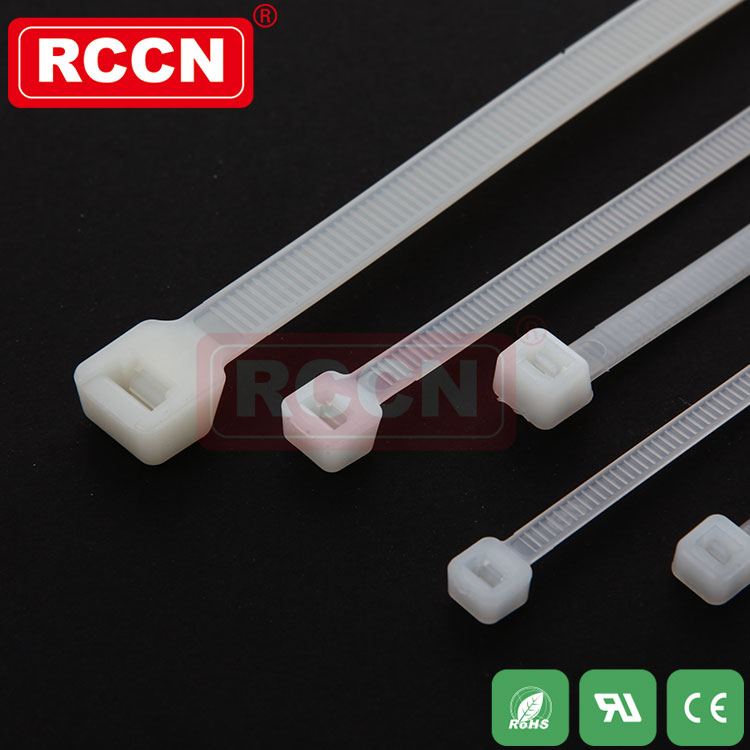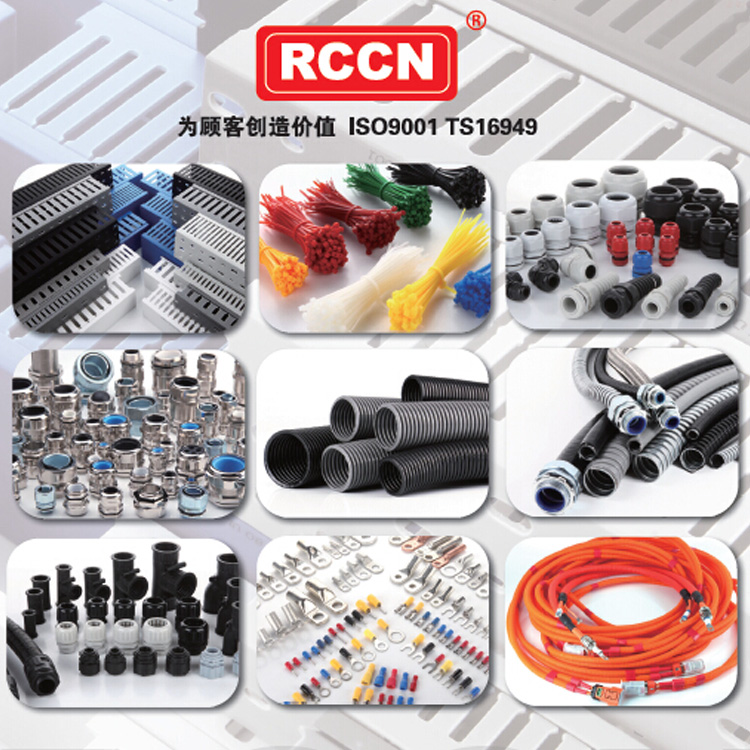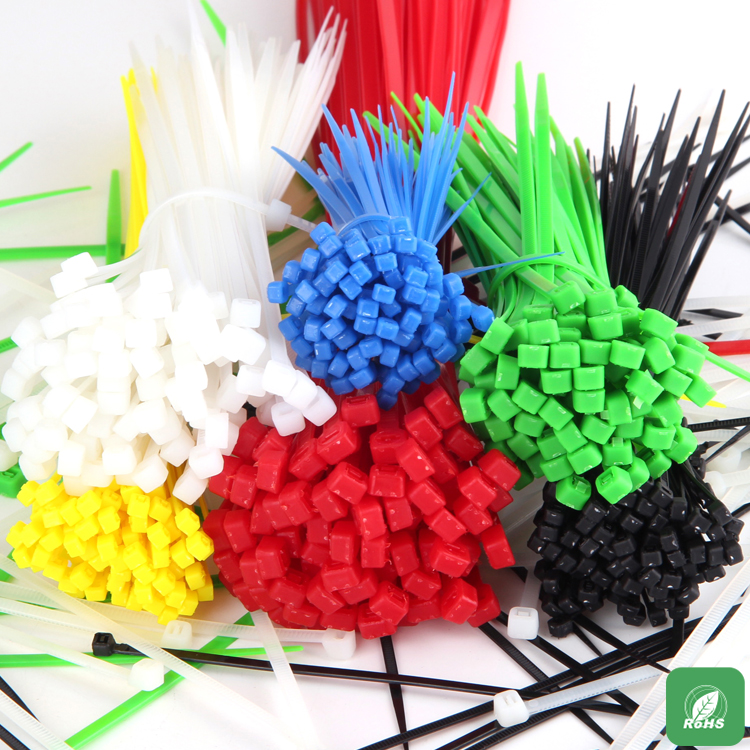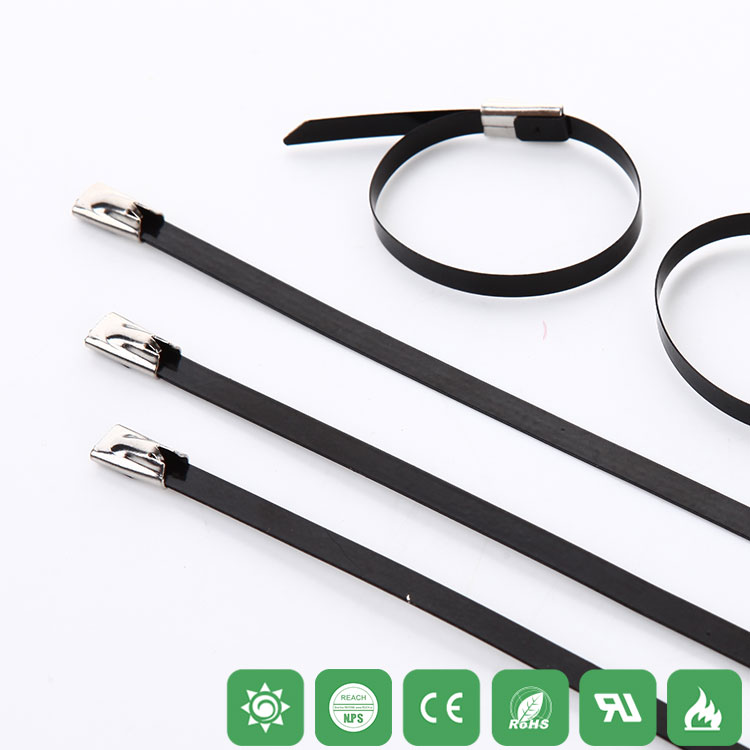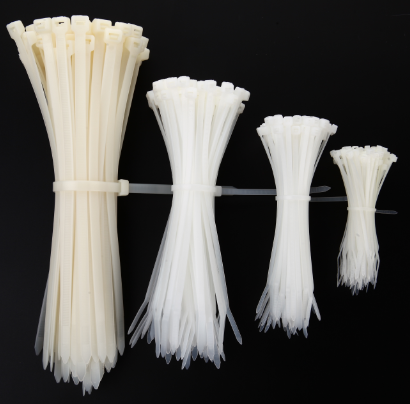In a complete set of wiring harnesses, there are generally more than a thousand components, and the cable tie is one of the most inconspicuous parts of this thousand.
Regarding the car harness ties, many people can't help but think that this small product is worthless. Some people think that the integration of electronic products is becoming more and more high, and the wire harness ties are optional! This kind of opinion is inevitably biased! In fact, in developed countries such as Europe, America and Japan, there are many large-scale enterprises specializing in the production and research and development of various types of wire harness ties, specializing in the production and sale of such fastener products, and are widely used in aviation, automotive, electronics, network, electrical, military, Toys and other industries. It can be seen that wire harness ties are still an important and important product in industrial production.
Although the wire harness cable tie products are small, their importance cannot be ignored. The main function of the wire tie is to integrate, fix and arrange the wire harness. The quality of the wire harness tie is not good, loose or broken during use, and the wire bundle is entangled, which affects the appearance and product image; the circuit is short-circuited, the aircraft falls to the ground, and the car is destroyed. Therefore, enterprises that attach great importance to product quality often have strict rigorous selection of wire harness straps.
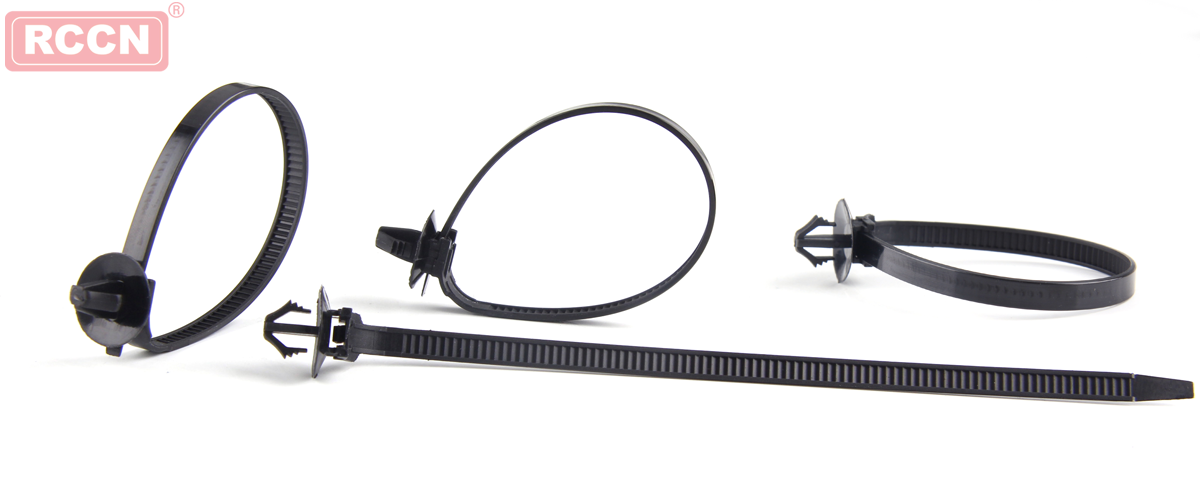 When choosing a wire harness tie, the application should be considered first, mainly due to temperature and light. The cable tie of the general cable tie company uses nylon as the raw material, which has the characteristics of large temperature range and corrosion resistance, and the nylon cable tie. It has the characteristics of fast lashing, good insulation, self-locking and ban, easy to use, etc., and adds different ingredients in the production process to make the product suitable for different occasions. In places where the temperature of the car is not high, such as in the car, we can choose a general cable tie of -40-85 °C. However, in the engine compartment, there is a certain temperature requirement for the wiring harness. Generally, we choose a cable tie of -40-105 °C. At this time, it is necessary to add a heat-resistant material.
When choosing a wire harness tie, the application should be considered first, mainly due to temperature and light. The cable tie of the general cable tie company uses nylon as the raw material, which has the characteristics of large temperature range and corrosion resistance, and the nylon cable tie. It has the characteristics of fast lashing, good insulation, self-locking and ban, easy to use, etc., and adds different ingredients in the production process to make the product suitable for different occasions. In places where the temperature of the car is not high, such as in the car, we can choose a general cable tie of -40-85 °C. However, in the engine compartment, there is a certain temperature requirement for the wiring harness. Generally, we choose a cable tie of -40-105 °C. At this time, it is necessary to add a heat-resistant material.
Second, the determination of the minimum tensile strength
The minimum tensile strength is the key to choosing a tie because it reflects the maximum load that the tie can withstand.
Testing with tools is not as simple as it seems. It is important to follow standard test procedures and maintain consistent test conditions, such as the size, cross-sectional area, and moisture content of the cable tie. If different tie bands and/or different test conditions are used, it is easy to produce two different test results.
Test procedure for minimum tensile strength of cable tie: testing minimum holding force

Generally, the cutting speed, the position of the tool and the cable tie, the wear of the tool wear parts, and the state of the cable tie all play an important role in determining the tensile strength. Therefore, we must point out that the data we provide can only be used as a guide for us to refer to. These data cannot simply be copied into practice. If the value of the tightening force must be recorded or conformed to the specifications, we recommend using a dynamometer to adjust the tool. In principle, half of the minimum holding force of the cable tie should be taken as the tensile strength.
The minimum tensile strength (also referred to as the minimum unlocking force) is the minimum force that the cable tie can withstand before it is damaged. This force can be determined using a threaded cable tie. Please use the following formula to calculate the correct tool tensile strength:
Min.Tensile strength: minimum tensile strength
Rec.tensile force: minimum holding force of the cable tie
Third, the choice of form
Most of the fixing in the harness is done with a tie. The function of the cable tie is to fasten the wire harness and securely fix it to the body's sheet metal hole, bolt, steel plate and other parts.
I don’t have much to say about the ordinary bandages. The small series mainly talks about the gold card straps: the card round hole type cable tie, the card waist round hole type cable tie, the card bolt type cable tie, the card steel type cable tie and the like. The card round hole type cable tie is mostly used in places where the sheet metal is relatively flat and the wiring space is relatively smooth, such as the cab, the diameter of the round hole is generally 5-8mm; the round waistband of the card is mostly used for the thicker trunk of the wire bundle. Or branch, this kind of cable tie can not be rotated after installation, has strong fixed stability, is mostly used in the engine compartment, the aperture is generally 12*6mm. 12*7mm; the card bolt type cable tie is mostly used for thick or uneven sheet metal Where the harness is in an irregular position, such as a firewall, the aperture is generally 5mm, 6mm; the card-type cable tie is mainly used at the edge of the sheet metal sheet to clamp the sheet metal, so that the harness smoothly transitions while avoiding the edge of the sheet metal. The wire harness is mostly used in the wiring harness and the rear bumper located in the cab. The thickness of the sheet metal is generally 0.8-2.0mm.
Although the wire harness tie is an accessory product, it usually has a small proportion in the whole product. To put it bluntly, a cable tie is only one or two cents, but its quality will have a great impact on the overall quality of the wire harness. Therefore, when we choose the cable tie, we should fully consider the various factors and carefully select the applicable products.
















 RCCN WeChat QrCode
RCCN WeChat QrCode Mobile WebSite
Mobile WebSite